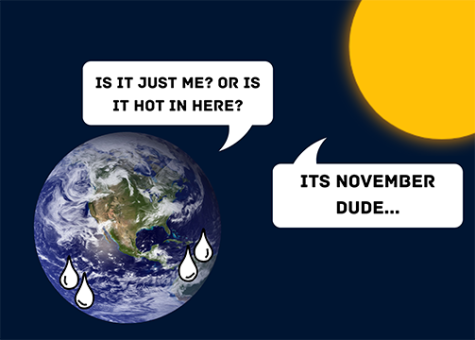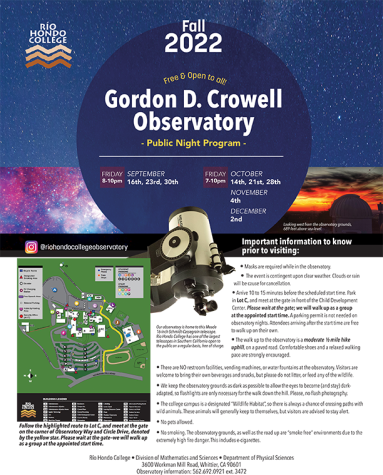How Humans Reduce Uncertainty in Social Situations
NEW PERSPECTIVE
The Brown University scientists recently published a new lead paper which establishes a foundation to apply mathematical models of doubt initially grown for non-social situations, like whether or not to buy a lottery scratcher, to social situations such as determining an interviewer’s opinion of an individual. An assistant professor of cognitive, linguistic and psychological sciences at Brown, Oriel FeldmanHall said, “Humans are predicting machines; our whole lives are spent trying to figure out what is the best move to do next. In general, another person’s motivations, desires or beliefs are hidden, so we have to figure out how to navigate through the world when we’re interacting with other people without that knowledge. What our next action is going to depend on how others respond.
WORK COLLABORATION
This project was a cooperation between FeldmanHall and Amitai Shenhav, who is also an assistant professor of cognitive, linguistic and psychological sciences at Brown. According to the text, the two explore the sources of social changeableness along with how individuals react to these types of social circumstances. They also demonstrate an idea of three interrelated methods people use to reduce social situations. Moreover, the three ways human beings can decrease social uncertainty vary from automatic, almost instinctive processes to more cognitively demanding processes.
WORDS FROM FELDMANHALL
However, there are negative consequences of mental bypasses individuals use to reduce social changeableness. FeldmanHall said,” First impressions and stereotypes serve a purpose as we live in very noisy worlds where we have to make snap judgments about people all the time. You can’t get a holistic picture of every single person you encounter on the street, but the reliance on first impressions can go wrong when people are unwilling to seek more information and get a bigger picture of who the person is, and instead stay narrowly focused on their first impression.”
FUTURE IMPROVEMENTS
FeldmanHall will proceed with her research and will also study how people understand their social networks by tracking incoming college students as they form their social networks and as these networks evolve over the years. As for Shenhav, he will continue his research creating the neural pathway individuals use to make decisions. He would like to see how motivation and effort occur in children who experience early life stress.







